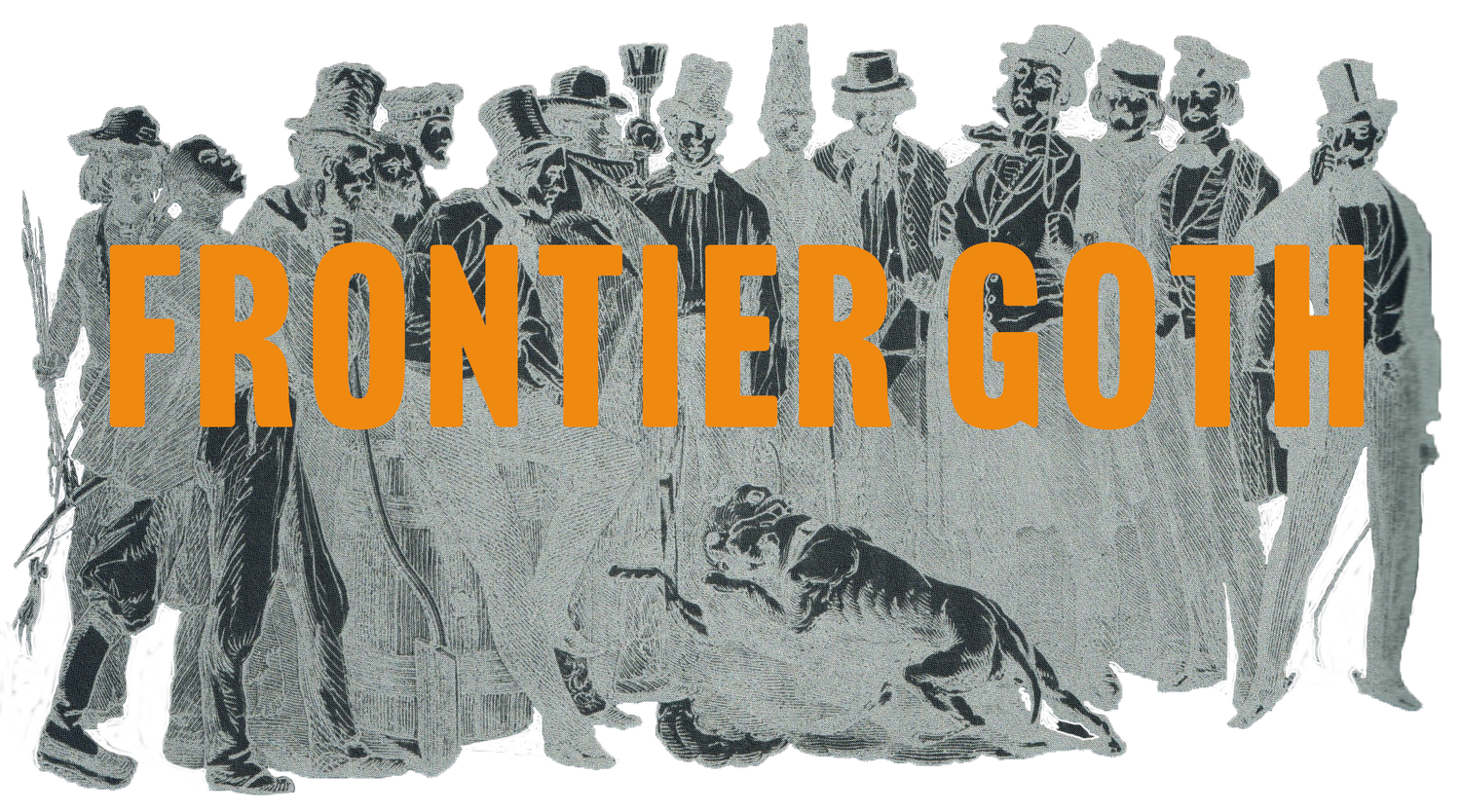All Roads Led to Gettysburg by Troy D. Harman
“As a general rule, Civil War armies did not offer battle in a location where there was only one improved road for the reason that need for sudden retreat could be disastrous. Spacing was critical between divisions of infantry, cavalry, artillery, ambulances, ordnance wagons, and herded animals due to crowd-control measures to prevent chokepoints and panic. One need only to imagine miles of backed-up traffic on a major interstate in the twenty-first century to see why offering battle on one road had to be avoided. As a precursor to every position undertaken before a Civil War battle, officers identified avenues of approach to and from the position to be prepared to advance, and in the event of retreat, have a suitable way out. Army staff, provost marshals, and cavalry pickets worked to prevent blockages and bottlenecks and to preserve flow of communication. Crossroads presented opportunities to march divisions to a point on parallel courses, not only to accelerate travel time, but to cut down on the accordion effect associated with long lines. Former senior historian of Gettysburg National Military Park, Kathy Georg Harrison, pointed out the early formation of such roads around Gettysburg, in describing the first major intersection of two Native American travel and trade routes at the juncture of modern Oak-Seminary Ridge Road and Hagerstown Road. She emphasized that the Oak-Seminary Ridge, running north to south, was ideal for travel and trade because it rested on a dry, granite ridgeline with wooded cover, and that it intersected with modern-day Hagerstown Road, used first by the Six Nations and then later as part of the Great Wagon Road that opened the West and Deep South to eighteenth-century settlement from Philadelphia. She noted, ‘It was these Indian trails that brought the area’s first white pioneer settlers to the area, to settle the Marsh Creek, Rock Creek, and Gettysburg communities.’”
-Troy D. Harman, 2022


